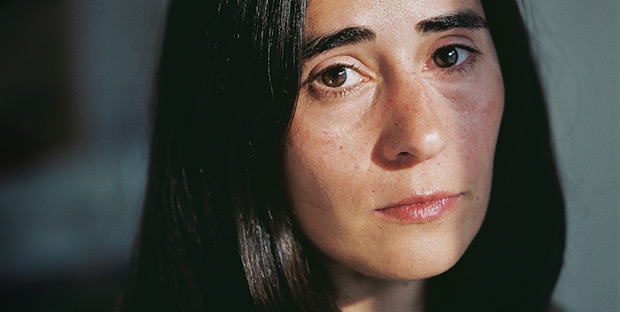
© Sebastian Bolesch. (Click image for larger version)
Claudia de Serpa Soares is performing with Sasha Waltz & Guests in Körper on the 1 – 3 March 2018 at London’s Sadler’s Wells – full details
www.facebook.com/claudia.d.soares.52
www.sashawaltz.de
www.sadlerswells.com
Sasha Waltz & Guests return to Sadler’s Wells with the extraordinary Korper, a work which scrutinizes the physical body from multiple social, historical and scientific perspectives. Premiered at the Schaubuhne am Lehniner Platz, Berlin in 2000, half of Korper’s original cast will re-unite to perform the piece in London. I spoke to choreographer, actress and dancer Claudia de Serpa Soares about Korper and re-connecting with it after such a long time.
Can you tell me a little about the history of Korper?
The piece marked a turning point in Waltz’s career as in 1999 she was appointed artistic director of the big, prestigious Schaubuhne am Lehniner Platz in Berlin and Korper was made on a high, because of this new funding, new possibilities and the chance to make ‘bigger’ work. Before that Waltz’s company which she founded in 1993 was based at the smaller, independent theatre, the Sophiensaele and consisted of a handful of dancers. For Korper she was able to include thirteen performers, (originally, she had intended to use six but she couldn’t choose from the auditions so kept seven men and six women).
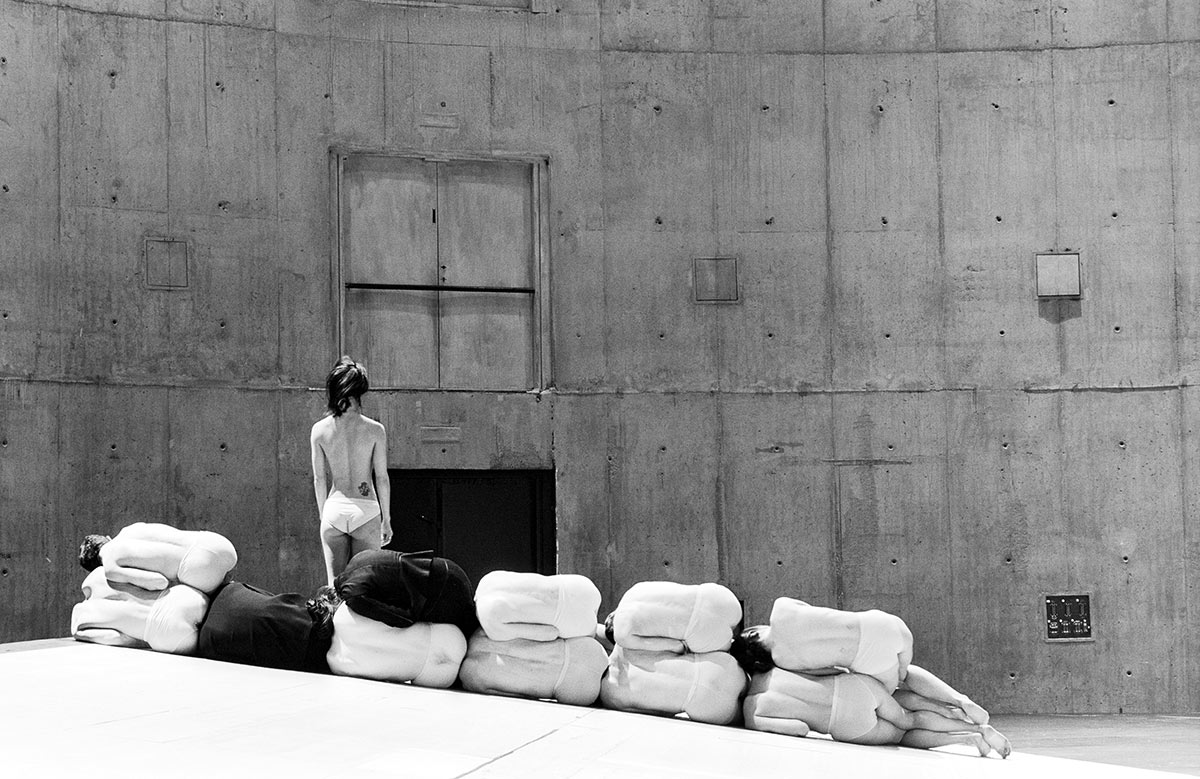
© Bernd Uhlig. (Click image for larger version)
In preparation for the premiere at the Schaubuhne, she held several projects in different spaces around Berlin, one of which was performed in the brand new, and at the time empty Jewish Museum designed by Daniel Liebeskind (1999). Liebeskind’s amazing concrete space inspired much of the set design and images for the stage piece. We were working with the architecture of the huge spaces, the massive walls and high ceilings; while a lighting idea came from sun-light passing through the narrow windows of the building which created strips across the floor. This sense of bodies responding to architecture and light you will see in the theatre production. There is also a strong focus on Jewish and German identity which came from the museum project although images are generally abstract.
Tell me a little bit about how Waltz approaches the Body? (Korper means ‘body’ in German)
Waltz worked in Tanztheater with its mesh of characters, forceful images and movement in which the body was always central. For Korper she wanted to take a clinical look at the body: what is the body, how is it constructed, how can it be manipulated, measured, what are its reproductive or genetic qualities, what does it say about morality and immortality?
Is gender and sexuality significant?
The ‘human’ body is emphasised rather than the gendered or sexual one. Of course there are gender references mentioned such as stories about menstruation or child birth and some of the male/female duets embody specific gender traits but they are not significant. Waltz realised that she couldn’t say half of what she wanted in Korper so went on to make the trilogy S (2000) which dealt with sexuality and NoBody (2002) which asked questions about the absent body and immortality.

© Bernd Uhlig. (Click image for larger version)
What was the process and how did you work with Waltz?
Waltz works very collaboratively. We began in the studio just looking at each other, looking at our different bodies, heights, skin, hair, bone structure. We analysed anatomical differences, measuring lengths of limbs, torsos, comparing skin texture and colour, sharing testimonials and observations. There’s nudity in the piece which came about partly because we wanted to see each other’s skin and couldn’t properly when we were wearing clothes. Hair is also a potent symbol. We were all exploring with Waltz, working in a very collaborative way and improvising around these experiments.
And the actual movement?
We used improvisation and movement qualities to explore the various idiosyncratic ways of moving that we all had and divided these into three categories around which we created solos, duets and trios. These included resistance – giving resistance to other people; fluidity and liquid – bodies moving through water; skin – in which people were manipulated and pulled by their skin. Then we also incorporated four different personal stories by members of the company about some aspect of their bodies.
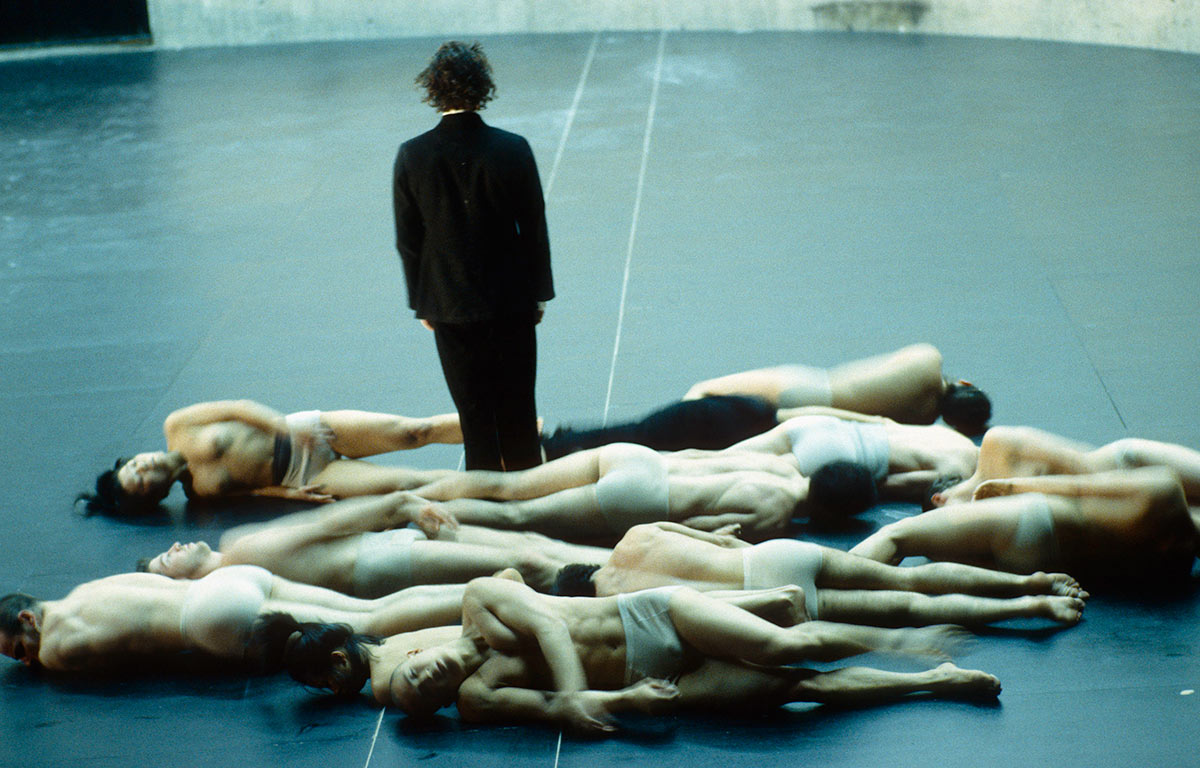
© Bernd Uhlig. (Click image for larger version)
Audiences have reacted quite strongly to Korper. Can you say why?
There are some very powerful images which together with Hans Peter Kuhn’s music can be emotionally overwhelming. For example, in one scene semi-naked bodies are piled on top of each other which for many recall the Holocaust while in another our bodies are glued into a glass window – it’s visually striking, but troubling for some. Some people are uncomfortable with the nudity, perhaps, but it really depends on each and every audience. It will be interesting to see how people react now, eighteen years on from the original performance, when we have all become more neutralised or used to consuming strong, disturbing imagery.
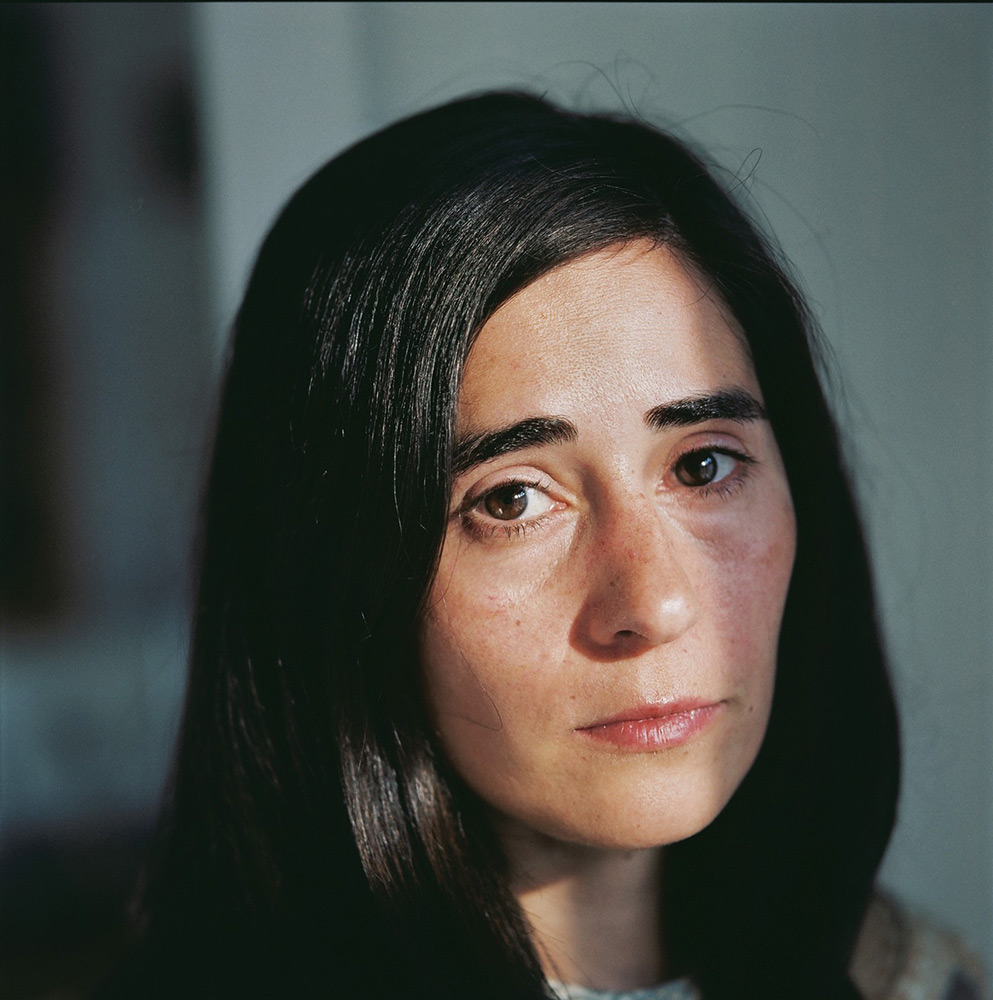
© Sebastian Bolesch. (Click image for larger version)
What are the challenges of performing the work?
Much of the material is physically very challenging to perform, and back in 2000, it was such a big moment in the company’s life that sometimes it’s hard to create that same energy and spirit. But after such a long time (although Korper toured around the world, it has not been performed much recently) the challenge is to keep it clean, retain some of the same qualities of the original piece and help integrate the new dancers into it.
What is so exciting about being in Korper again?
It’s an incredibly strong artistic collaboration between music (Hans Peter Kuhn), stage design (Thomas Schenk, Heike Schuppelius and Waltz) and costumes (Bernd Skodzig), which came about because of perfect timing!
Also for me, performing with members of the original cast on a big stage is incredible. It’s the companionship, being with dancers whom I knew so well that I could tell the temperature of their bodies. They’re a really beautiful group of dancers and to have that privilege of being re-united after we’ve all matured, had babies, moved on – it’s rare in dance. A little jewel. For this reason I love this piece.








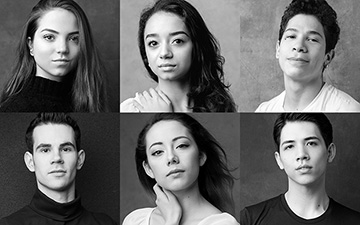
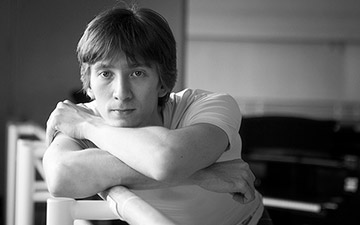
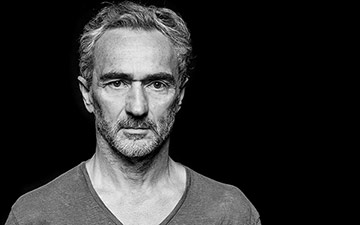




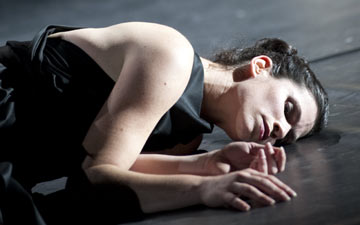
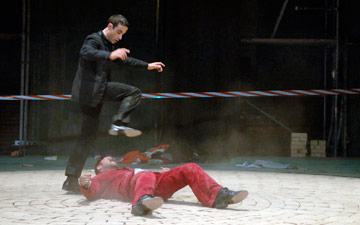
You must be logged in to post a comment.